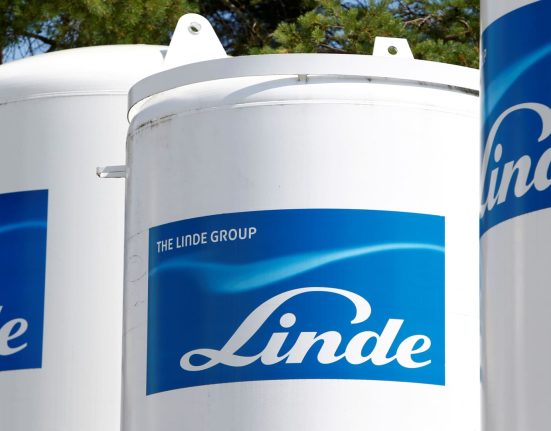In January 2022, financial advisor Andrew Fincher was working with a couple who wanted to invest the six-figure proceeds they made from selling one of their parents’ houses. They were concerned that the market could plunge after they bought in.
Fincher of VLP Financial Advisors in Vienna, Va., recommended that they dollar-cost average. Instead of investing all the money at once, he set up a plan to invest portions of their real estate proceeds at regular intervals over the next six months.
It paid off. While the
started off 2022 hitting a record high, it soon plummeted as the Federal Reserve hiked interest rates to tame inflation. The couple didn’t feel the same sting they would have had they invested all at once.
“They were relieved we had a strategy that invested the money while taking into account their emotions around the situation,” Fincher says.
Buying low and selling high is the investing ideal, but it’s impossible to do all the time, even for Wall Street professionals. Instead, financial advisors tend to recommend dollar-cost averaging, and they say it can especially make sense in a frothy market like the current one where nothing is cheap.
Advertisement – Scroll to Continue
Markets tend to go up roughly three out of every four years, which means investing a lump sum at the beginning of the year will pay off more time than not.
There are two problems, says Rachel Elson, a financial advisor at Perigon Wealth Management in San Francisco, who tends to work with younger clients. The first is that we never know what the markets will do in any particular year. The second is that people tend to have an emotional attachment to money, and seeing a new investment evaporate in a market rout is painful.
“If you put a bunch of money into an investment account and then the market drops 10% the next week, how likely are you going to be to want to invest in the future?” Elson says. “You’ve just confirmed all of your fears.”
Advertisement – Scroll to Continue
Dollar-cost averaging takes fear out of the equation. If you contribute to an employer-sponsored retirement account like a 401(k), chances are you are already dollar-cost averaging, since you are investing money at a steady cadence with each paycheck. But you can also use the strategy in your individual retirement accounts or taxable brokerage accounts via automatic transfers or setting a recurring calendar reminder.
“It keeps you from psyching yourself out,” Elson says. “It’s a good prudent habit especially for people who are starting out.”
While dollar-cost averaging is the go-to strategy for many investors during all market cycles, advisors say dolling out your investment over time makes the most sense when prices are high. You are smoothing out your returns, taking advantage of any more upswing to come, but also not risking a massive drop after you have invested a lump sum.
Advertisement – Scroll to Continue
When investors read headlines about the stock market hitting record highs, as they have in recent weeks, they can get analysis paralysis, says Marianela Collado, a financial advisor with Tobias Financial Advisors who recommends dollar-cost averaging to many of her clients and uses the strategy herself.
As a result, investors may want to wait out high prices and volatility. But “you’re really not going to find the perfect time to invest,” Collado says. “Dollar-cost averaging allows you to tune out all the noise and just be disciplined and focused.”
The result is that you will buy into the market at different price points. While that may mean that your money will buy fewer shares on certain days, it will buy more shares on others.
Advertisement – Scroll to Continue
With every investing strategy, there’s risk—and dollar-cost averaging is no different.
Researchers at Vanguard calculated the wealth of a $100,000 initial investment using historical stock and bond performances and found that after a year, lump-sum investing tends to outperform dollar-cost averaging. But the researchers also admitted that for some risk-averse investors, dollar-cost averaging may be the better approach “because it reduces the risk of drawdown or even abandoning their investment plan altogether because they fear large losses.”
Plus, with dollar-cost averaging, you can increase returns during tough market conditions. Researchers at Raymond James took a look at 40 years of the S&P 500’s performance and found that investors who put a lump sum in the market during a market peak saw an average annualized 10-year return of 8.3%, while those who began investing at a peak but used the dollar-cost averaging method over seven months enjoyed an average annualized 10-year return of 10.4%.
If you have put in place a strict dollar-cost averaging plan, you are bound to miss out on what could be huge returns from investing a lump sum during a market bottom. But, especially for investors with less experience who are hoping to buy in amid current high prices, dollar-cost averaging is likely to give you peace of mind, confidence to keep investing in the future and strong results over the long term.
Write to editors@barrons.com







